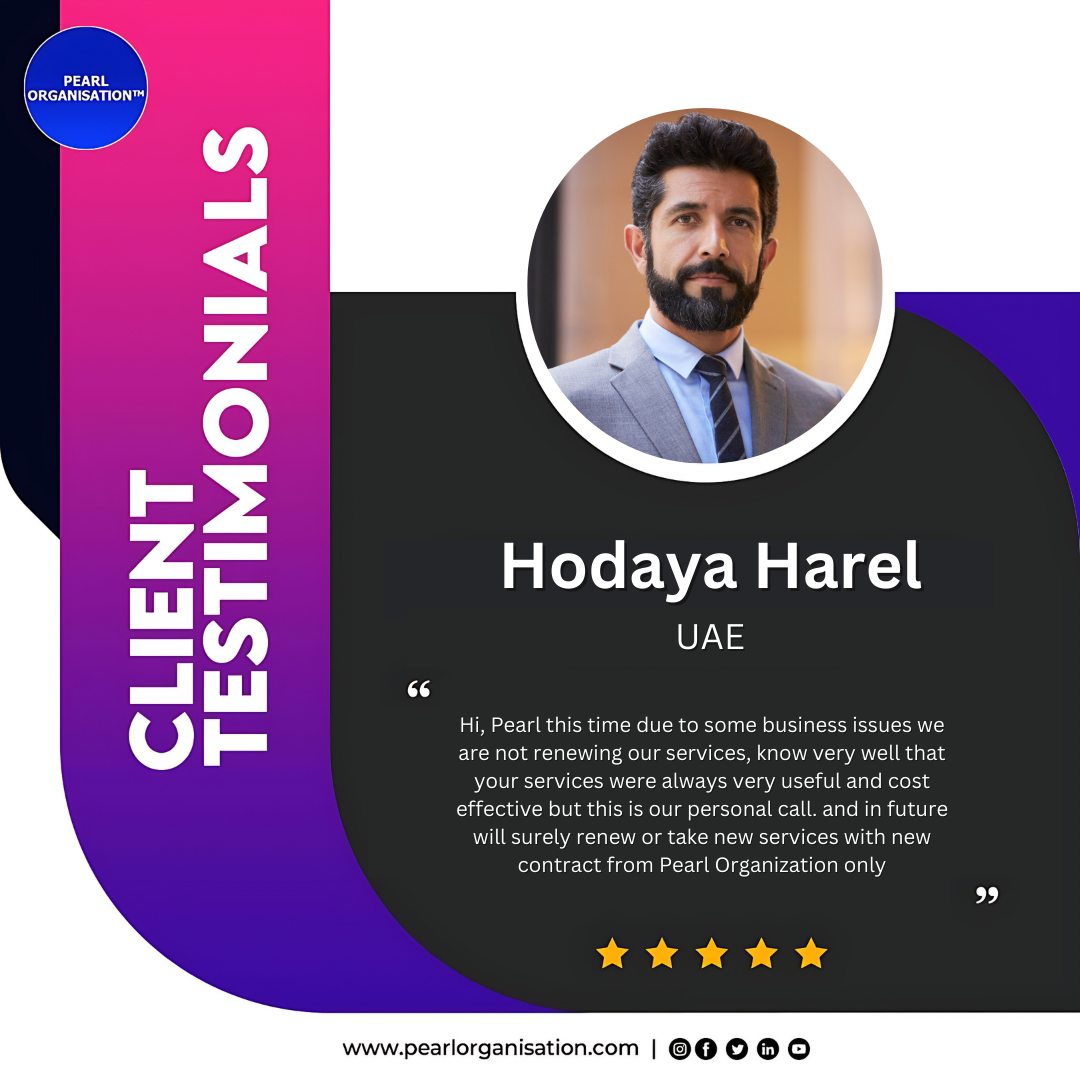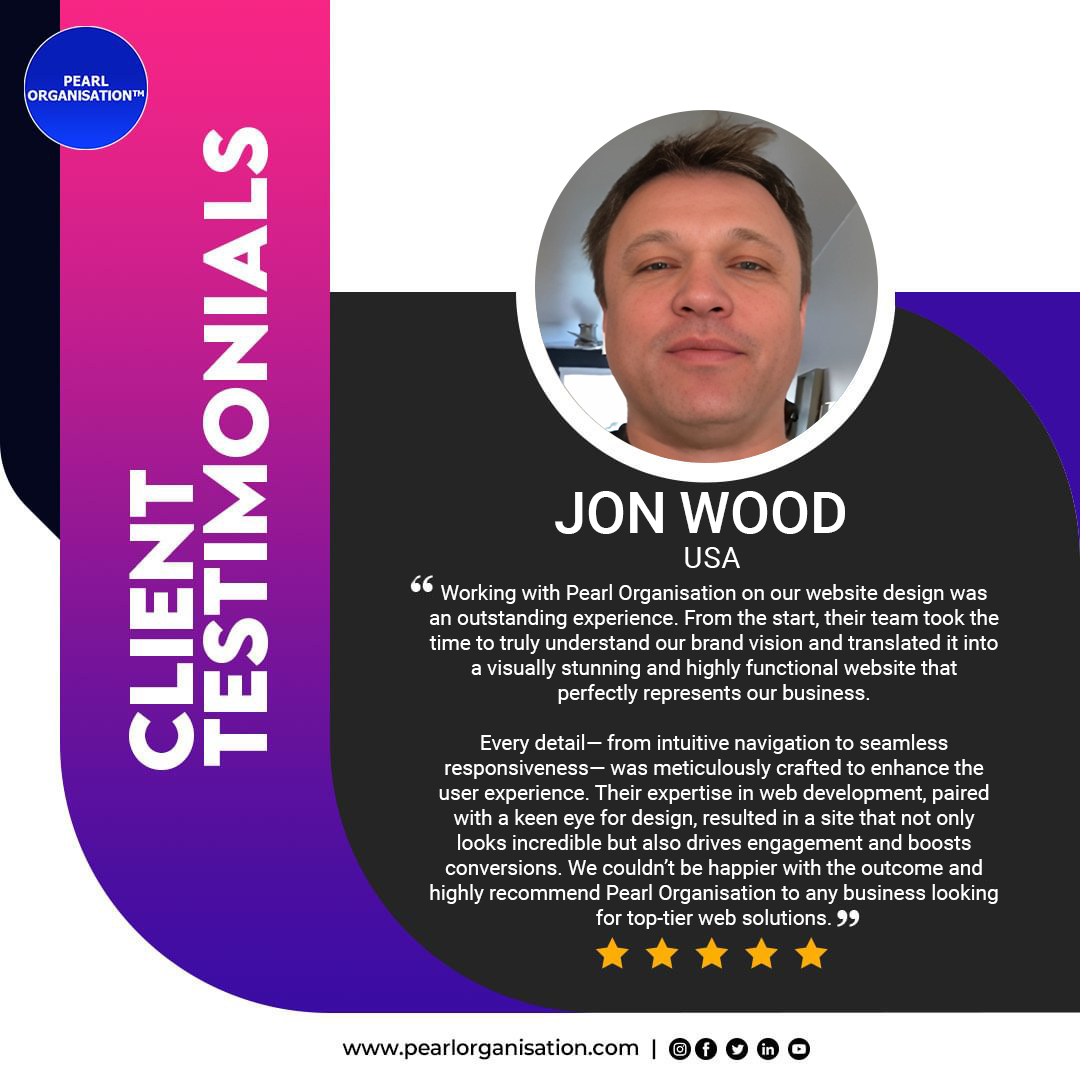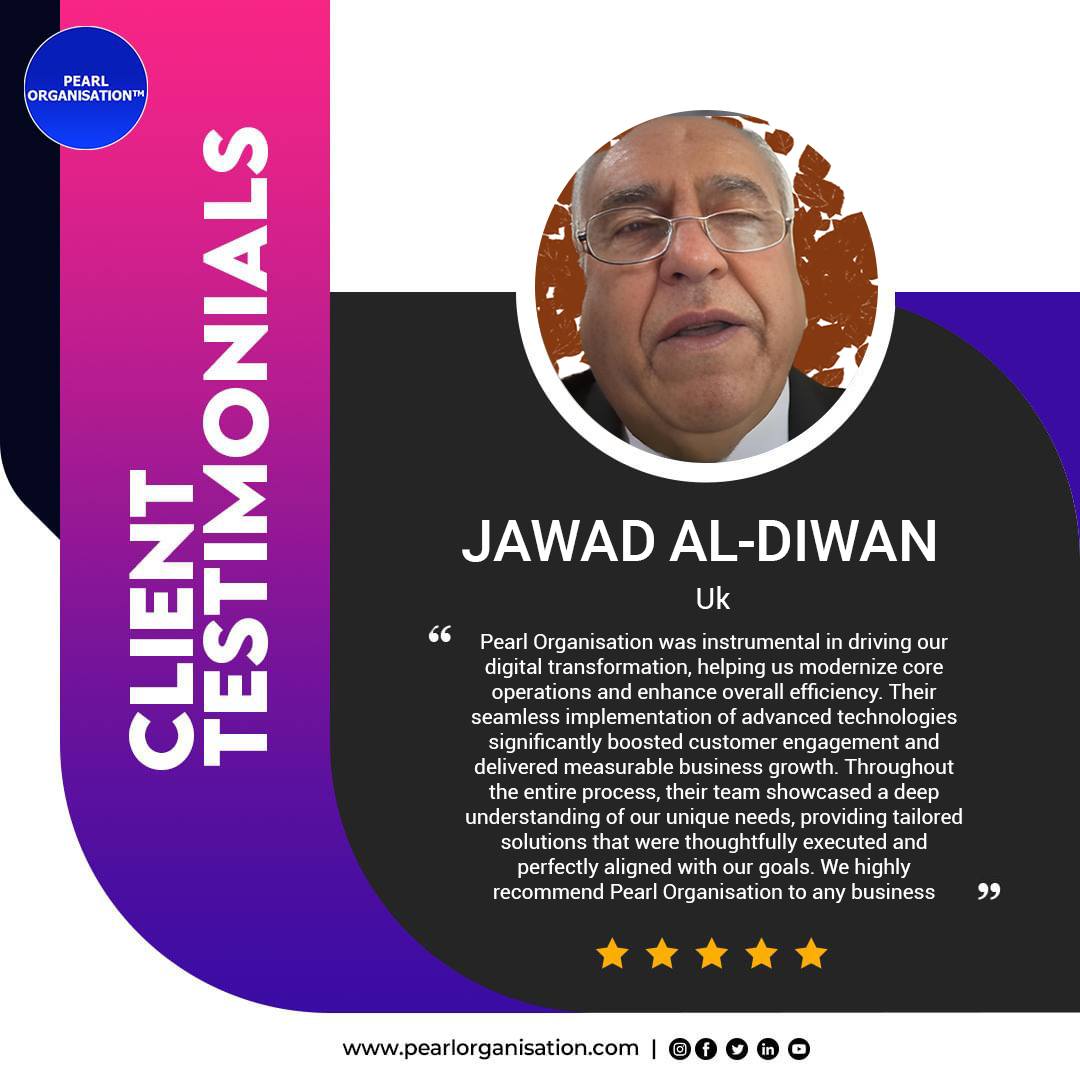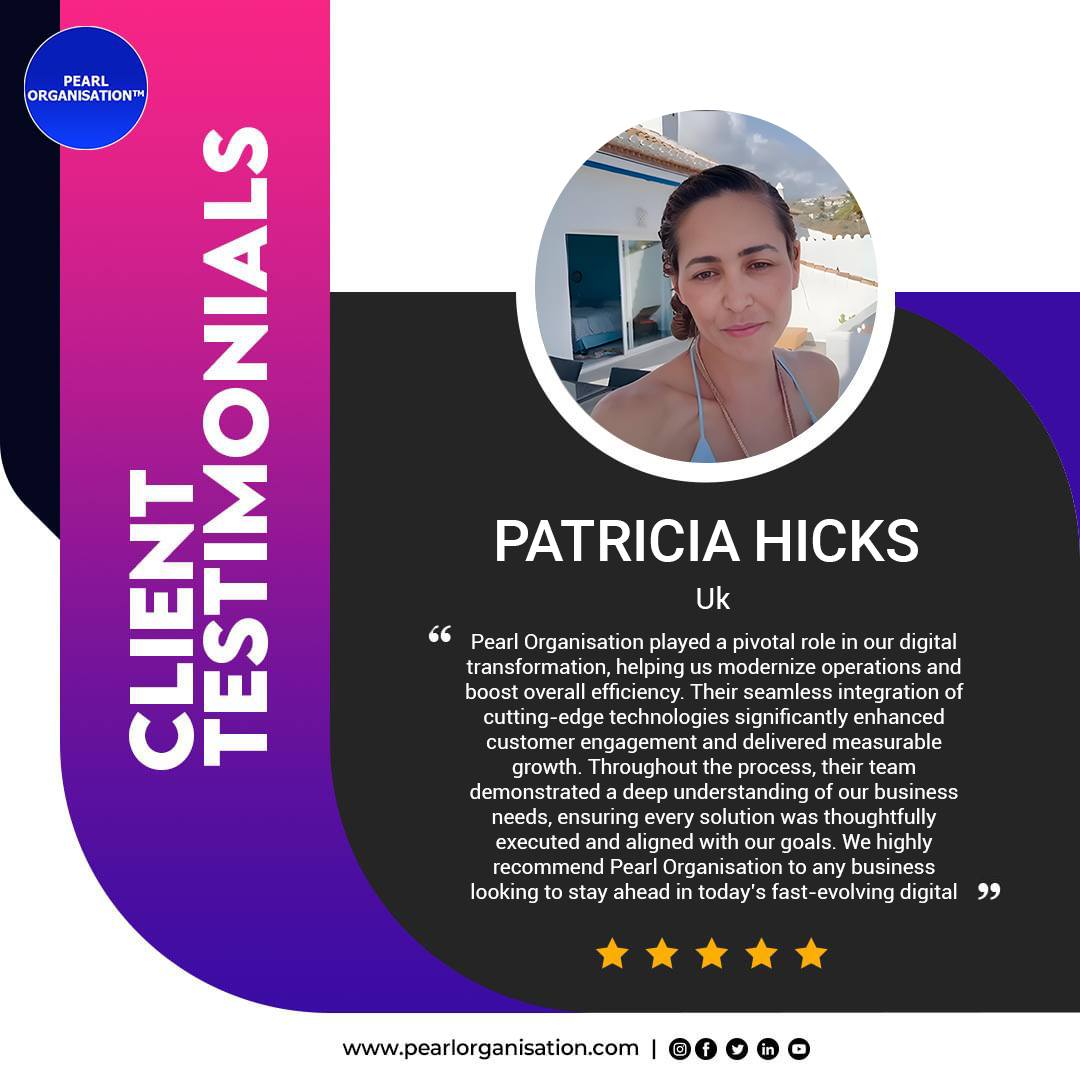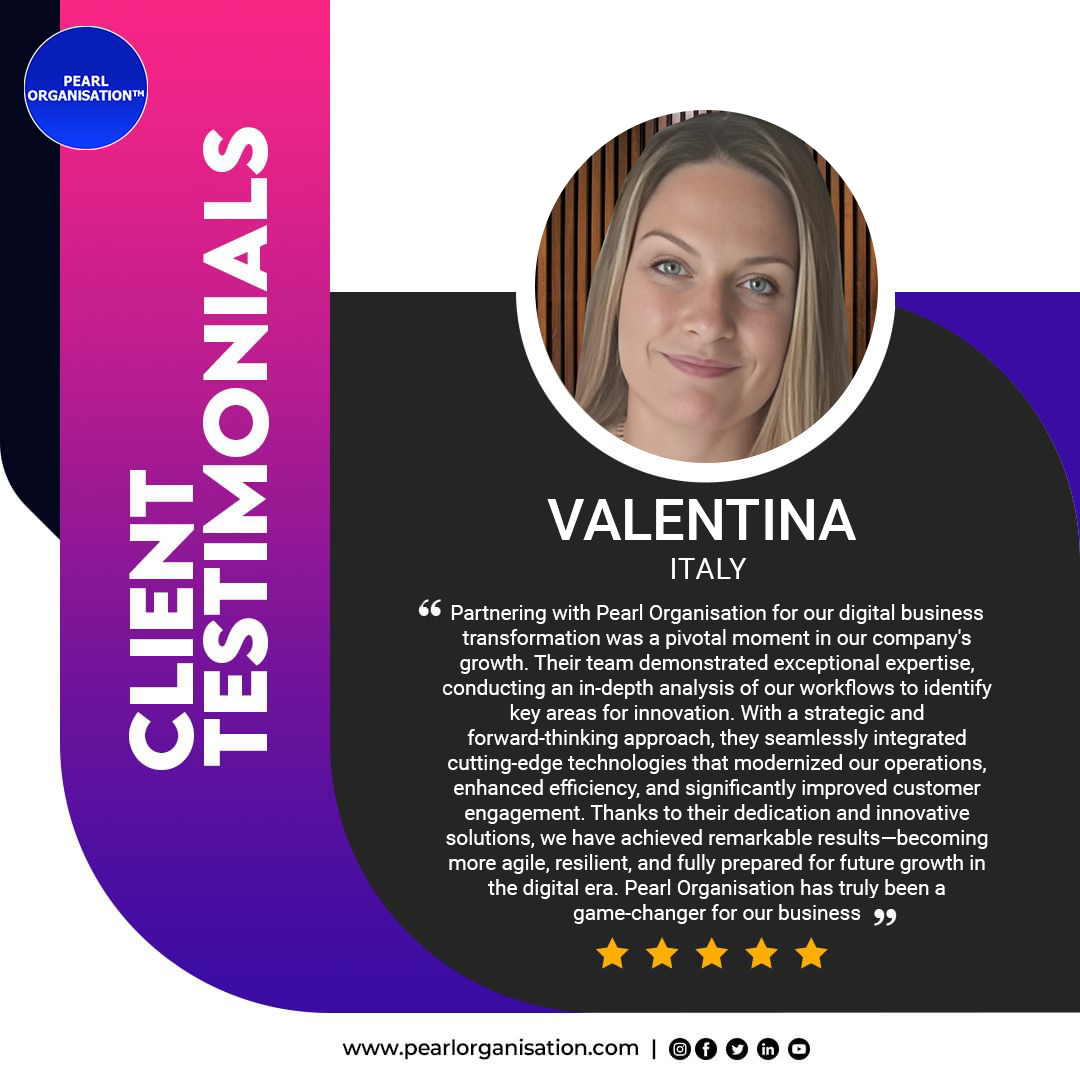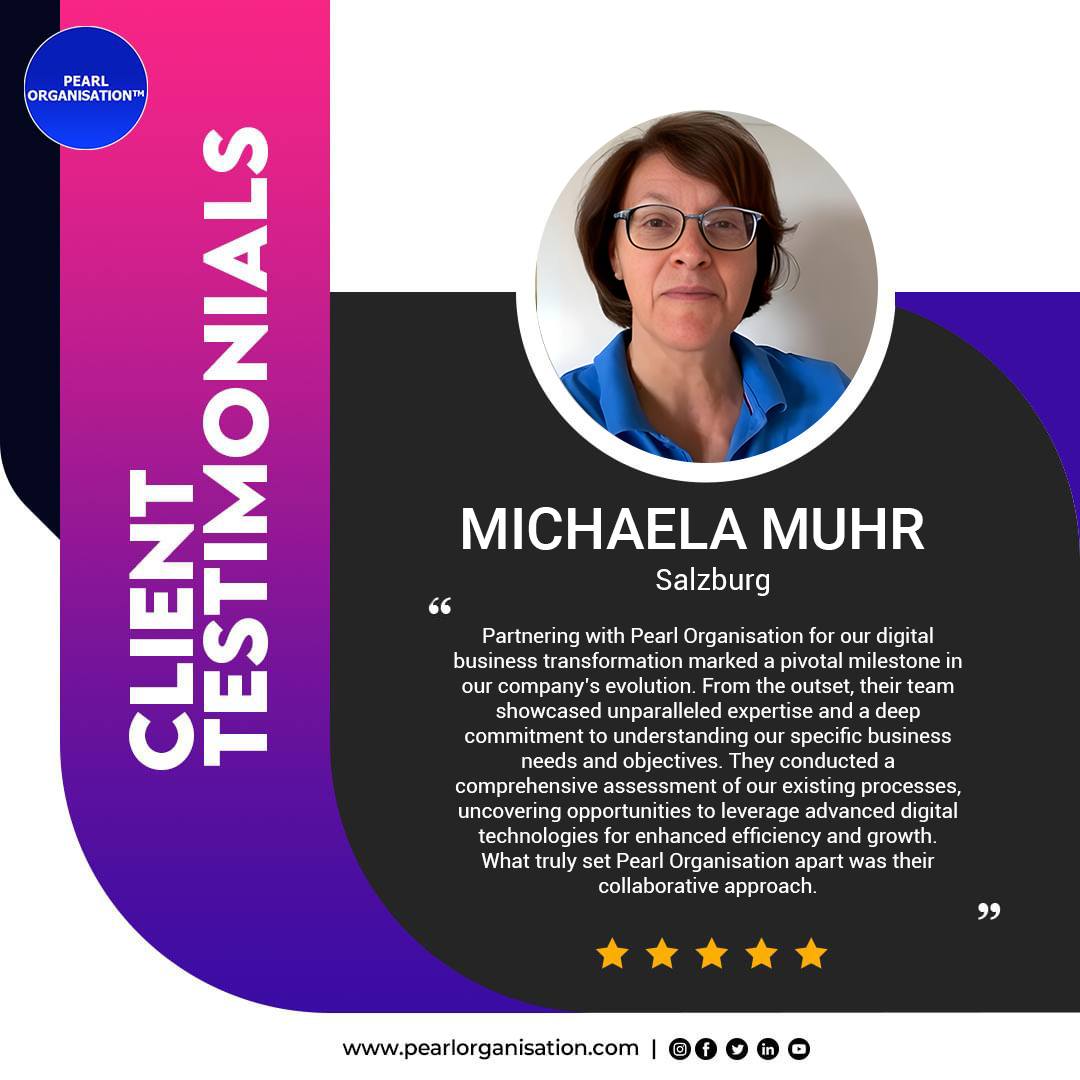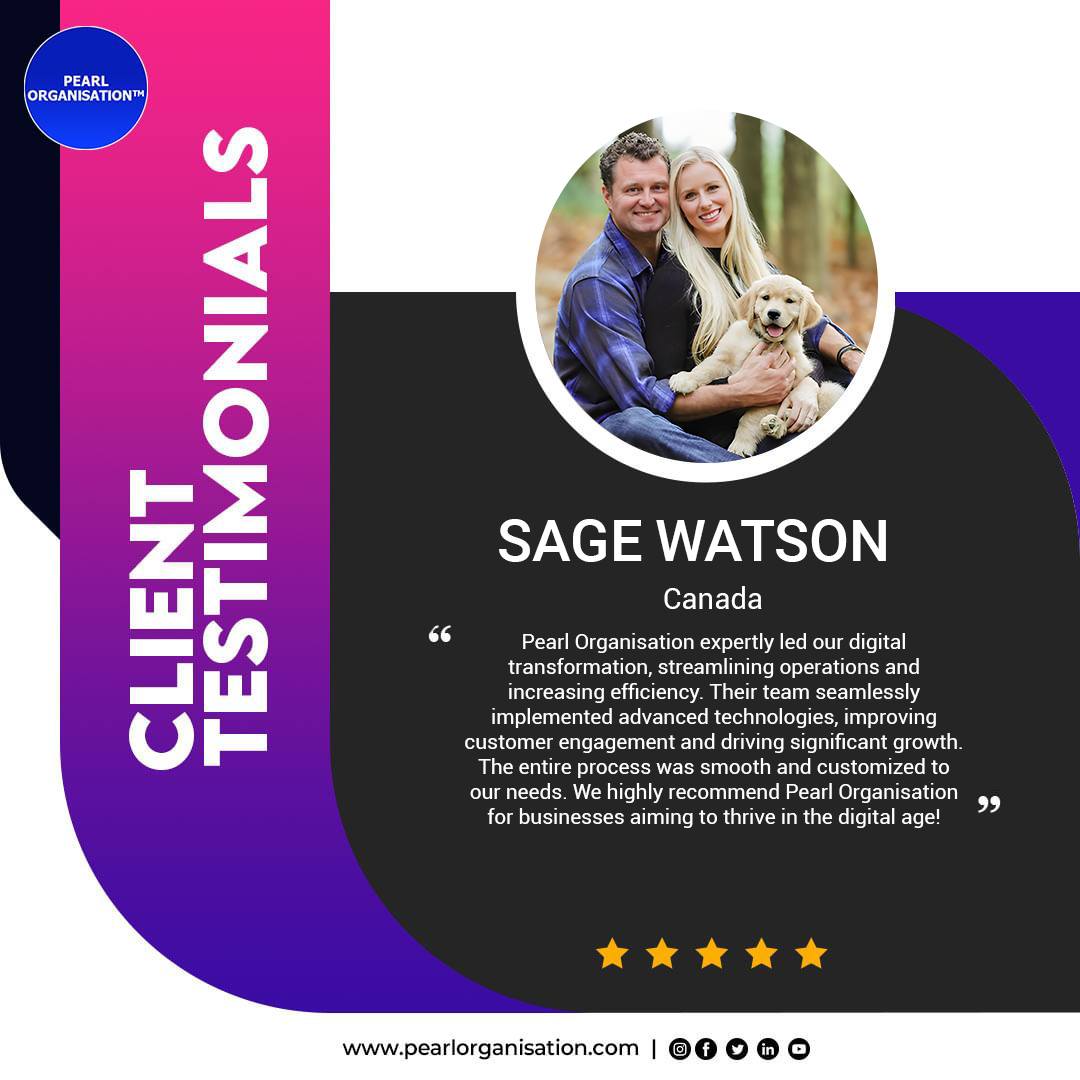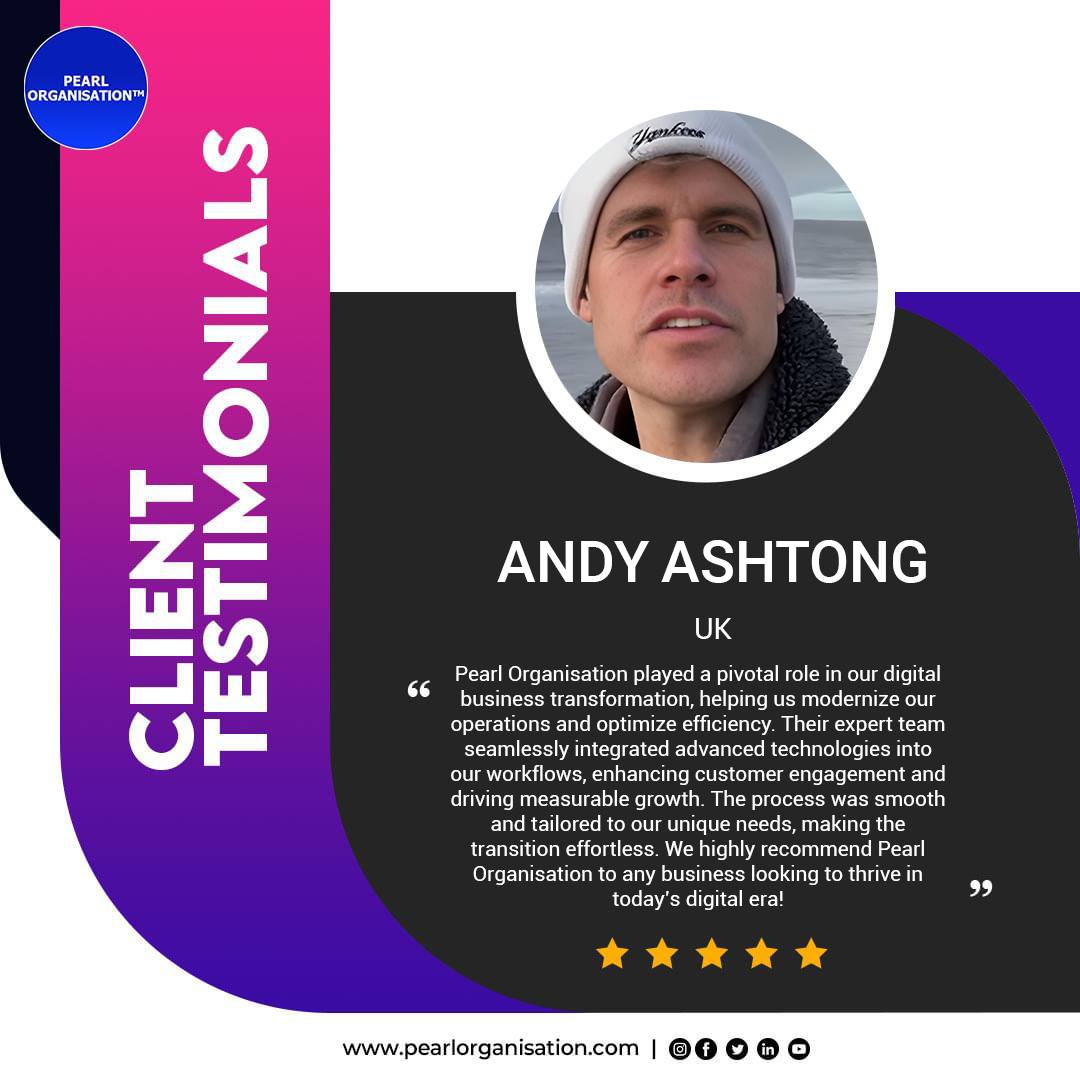API-First Development: A Must for SaaS and Scalable Products
- Larrisa

- Jun 4
- 6 min read
By Pearl Organisation – Your API Strategy and Integration Experts

🚀 Introduction: Why API-First is the Future of Scalable Software
In today’s cloud-native, integration-driven world, businesses cannot afford to treat APIs as afterthoughts. Whether you’re building a SaaS platform, mobile application, or enterprise ecosystem, success hinges on how well your services can connect, extend, and evolve.
This is why API-First Development has emerged as a foundational strategy for companies prioritizing scalability, speed, and flexibility. At Pearl Organisation, we help global businesses engineer API-first digital products that are modular, reusable, and ready for rapid innovation.
🔍 What is API-First Development?
API-First Development is a design approach where APIs are treated as first-class citizens—built before the underlying services or UI layers. Instead of writing backend logic and then exposing it via APIs, teams start by:
Defining the API contract (structure, endpoints, data types)
Aligning it with frontend/mobile/client teams
Building backend services that comply with this specification
This leads to cleaner architecture, faster delivery, and easier integration across applications and platforms.
📈 Why SaaS and Scalable Products Require API-First Architecture
For any product that needs to scale—horizontally, vertically, or across user platforms—APIs become the backbone of extensibility.
✅ 1. Faster Time-to-Market
By decoupling frontend/backend, API-first enables parallel development, accelerating delivery cycles.
✅ 2. Platform Agnosticism
APIs allow your product to support web, mobile, desktop, IoT, and third-party integrations—all from one backend logic.
✅ 3. Seamless Third-Party Integration
With well-documented, versioned APIs, SaaS platforms can easily connect with payment gateways, CRMs, analytics tools, and more.
✅ 4. Microservices Compatibility
API-first aligns naturally with microservices, where each service communicates through defined APIs—improving scalability and fault isolation.
✅ 5. Developer Experience (DX)
APIs designed first, with OpenAPI specs and Swagger documentation, improve
onboarding, reduce errors, and speed up external developer adoption.
🔐 API-First vs Code-First vs Backend-First
Approach | API-First | Code-First | Backend-First |
Design Priority | API contracts defined first | Codebase drives API creation | Backend logic built before exposing API |
Best For | Multi-platform & scalable systems | Simple apps | Monolithic projects |
Collaboration | High – front & back work in parallel | Limited | Low |
Testability | Mock APIs allow early testing | After backend dev | Post-code phase |
API Documentation | Comes first | Generated later | Often missing or delayed |
API-First wins when scalability, agility, and integration are top priorities.
🛠️ How Pearl Organisation Implements API-First Development
At Pearl Organisation, we follow a full-lifecycle API strategy covering design, development, documentation, security, and monitoring:
1. API Contract & Design
2. API Gateway & Management
Rate limiting, caching, authentication via tools like Kong, AWS API Gateway, Apigee, and Azure API Management
3. Backend Microservices Development
Secure, scalable services in Node.js, Laravel, Django, Spring Boot, or .NET Core
4. Security Implementation
OAuth2, API keys, JWT, IP whitelisting
Input validation, abuse detection, and logging
5. Documentation & Developer Portals
SwaggerHub / Postman collections
SDKs and sandbox environments
6. Monitoring & Analytics
API traffic insights, performance tracking, and usage analytics
🏢 Real-World Case Study: API-First in SaaS
Client: A B2B SaaS startup offering HR tech solutions
Challenge: Building a product that integrates with 12+ HRMS, payroll, and attendance systems used by client companies
Solution:
API-first design allowed frontend and integrations to be developed simultaneously
Deployed GraphQL for dynamic queries
Delivered Postman-ready documentation to client tech teams
Result:
40% faster development cycle
3x increase in partner integration capability
Reduced support tickets by 60% due to well-structured APIs
🔐 Is API-First Secure?
Absolutely—if implemented correctly. At Pearl Organisation, we embed security in the API lifecycle:
Token-based authentication and OAuth2
Role-based access control (RBAC)
Input/output validation
Rate limiting and abuse prevention
API firewalling and monitoring via tools like AWS WAF, Cloudflare, and Kong
💼 Who Needs API-First Strategy?
API-first is essential for:
🎯 Final Thoughts: Future-Proofing Through APIs
In 2025 and beyond, APIs are not just technical interfaces—they’re business enablers. API-first development ensures your digital product is not only scalable and performant but also integration-ready and developer-friendly.
At Pearl Organisation, we don’t just build APIs—we engineer robust ecosystems that allow your product to evolve, grow, and lead.
📞 Ready to Start Your API-First Journey?
Let Pearl Organisation design and implement an API strategy tailored to your business needs—faster, more secure, and built for scale.
📩 Speak to our API architects today.
📘 Frequently Asked Questions (FAQs)
1. What is API-First Development?
API-First Development is a design approach where APIs are treated as the foundation of the application. It begins by defining the API contract before writing any code or building backend logic. This method ensures that all teams—frontend, backend, mobile, and third-party developers—work against the same standardized interface, improving speed, scalability, and consistency.
2. How is API-First different from Code-First or Backend-First approaches?
API-First: API contract is designed first, enabling parallel development.
Code-First: Backend code is written first, and APIs are generated from it later.
Backend-First: Backend logic is developed, and APIs are added afterward.
API-First offers superior documentation, mock testing, and integration readiness, making it ideal for SaaS and multi-platform products.
3. Why is API-First ideal for SaaS applications?
SaaS platforms must integrate with multiple client systems, support mobile/web apps, and evolve quickly. API-First enables:
Faster development via parallel workstreams
Easier onboarding for third-party integrations
Secure and scalable multi-tenant architecture
Long-term maintainability with version control
4. What are the business benefits of API-First architecture?
API-First leads to:
📈 Faster time-to-market through simultaneous development
🔁 Reusable services across apps and platforms
🧩 Better integration with partners, clients, and vendors
📚 Clear documentation for internal and external developers
🚀 Future-proof scalability with modular APIs
5. Can API-First be used with microservices architecture?
Absolutely. In fact, API-First and microservices go hand-in-hand. Microservices communicate via well-defined APIs, and API-First ensures each service is independently versioned, documented, and deployable—which simplifies orchestration and debugging.
6. How does Pearl Organisation design API-First solutions?
Pearl Organisation follows a structured process:
Role-based access controls and layered security mechanisms
We ensure every API is well-tested, secure, and production-ready.
7. What technologies are used in API-First development?
We work with:
8. How does API-First improve developer experience (DX)?
Developers benefit from:
Mock APIs available early for UI development
Auto-generated SDKs
Clear documentation
Predictable versioning and updates
Consistent behavior across platforms
This drastically reduces onboarding time and bugs caused by mismatched expectations.
9. Is API-First development more secure?
Yes—because security is embedded early in the design. Pearl Organisation ensures:
Auth flows (OAuth2, RBAC) are part of the contract
Input/output validation and schema enforcement
Traffic monitoring via API gateways
Rate limiting, IP filtering, and threat detection
Encryption in transit and at rest
10. How can API-First support mobile and multi-platform apps?
Since APIs expose all backend functionality, mobile, web, IoT, and third-party apps can consume services consistently. With API-First:
UIs remain decoupled from backend logic
Updates don’t break client-side apps
Offline capabilities and caching are easier to implement
You can build cross-platform apps faster and with fewer bugs
11. Can APIs be monetized in a SaaS model?
Yes. API-first architecture enables API monetization by offering:
Tiered access levels (free, premium, enterprise)
Rate limiting and quotas
Usage analytics
API keys and billing integrations
Pearl Organisation helps SaaS businesses launch developer portals and API billing systems to support this model.
12. How do you version APIs in API-First development?
We use:
Semantic versioning (v1, v2) in URLs or headers
Deprecation policies and changelogs
Backward-compatible design for gradual migrations
Version pinning for third-party developers
Pearl Organisation maintains version control best practices to ensure smooth updates.
13. What if I already have a backend—can I still adopt API-First?
Yes. We can refactor your existing architecture:
Wrap existing logic with standardized APIs
Document APIs retroactively with Swagger/Postman
Gradually decouple and modularize services
API-First can be adopted incrementally—even in legacy systems.
14. Is API-First development more expensive?
Not necessarily. While it may require more planning up front, API-First reduces long-term costs by:
Enabling faster releases
Reducing integration friction
Lowering technical debt
Improving code reuse and testability
Pearl Organisation offers flexible pricing and agile delivery models to optimize cost-efficiency.
15. Why choose Pearl Organisation for API-First development?
✅ Expert in REST, GraphQL, and cloud-native APIs
✅ Full lifecycle support: design, develop, document, secure, deploy
✅ Custom developer portals and SDKs
✅ Scalable solutions for startups and global enterprises
✅ 7+ years of global API project experience in 150+ countries
✅ Post-launch support, versioning, and analytics
We build API ecosystems—not just endpoints.





























